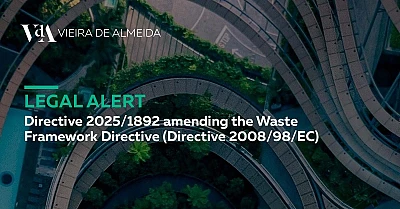On 16 October 2025, Directive 2025/1892 amending the Waste Framework Directive (Directive 2008/98/EC) entered into force. The new rules aim to accelerate the transition to a circular economy by introducing targets and harmonised requirements for food and textile waste, as well as mandating extended producer responsibility (“EPR”).
The new Directive sets the first-ever legally binding targets for reducing food waste, to be achieved at the national level by 2030, in comparison to the annual average amount of food waste generated between 2021 and 2023:
- Reduction by 10% of generation of food waste in processing and manufacturing;
- Reduction by 30% of generation of food waste per capita, jointly in retail and other distribution of food, in restaurants, food services, and households.
Another pillar of the new Directive is the regulation of mandatory extended producer responsibility rules for the textile, textile-related and footwear sectors. These requirements will apply to all producers, including importers and online sellers, that make products available on EU markets, and to a wide range of products, including clothing, accessories, headwear, footwear, blankets, bed, table and kitchen linen, and curtains, among other. Under the new extended producer responsibility measures, producers of textiles and footwear will have to cover the costs of collection, sorting, preparing for reuse and recycling.
These changes will impose additional compliance, reporting and financial obligations on producers of textile, footwear, and food products.
The Member States must transpose the new rules into national law by 17 June 2027 and have 30 months from enter into the force (until 17 April 2028) to establish EPR schemes for textile and footwear products. Micro-enterprises will be given an additional term (till 17 April 2029) to comply with the EPR requirements for textile sector.
Until 31 December 2029, the Directive will be evaluated by the Commission and may be revised, addressing the effectiveness of extended producer responsibility schemes, the possibility of including new waste streams, and new recycling targets.
